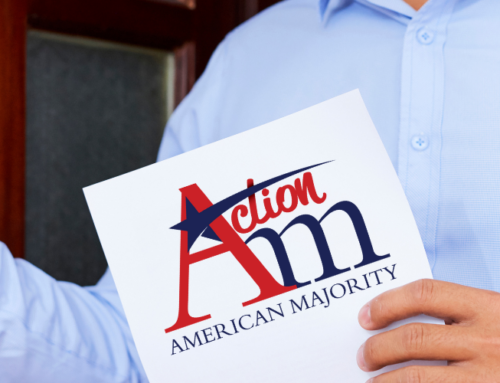Many campaigns will choose to have at least one direct mail effort, sometimes issue-based, sometimes non-partisan “feel good” pieces to improve the candidate’s standing in the eyes of their constituents. Regardless of why it’s released, the question needs to be asked: do they make a difference? Are they worth the time and effort needed to get them sorted and sent out? According to a paper by University of Alabama professor Dr. George Hawley, released by Voter Gravity, they can be. He writes:
Tens of billions of advertisements and solicitations are sent to Americans in the mail every single year. A substantial percentage of the population will receive more than 1,000 solicitations for charitable donations within a single year. For this reason, one might be justifiably concerned that voters may become overwhelmed by campaign material and tune everything out entirely. There is little evidence that this occurs, however. A study conducted in 2009 reached the following conclusion: while people find direct mail solicitations annoying, that annoyance does not stop them from sending donations.
Dr. Hawley explains in the course of the paper the amount of voters who can potentially be reached in comparison to other media options like TV and how using different methods of conviction can influence how effective a mailing can be. He summarizes:
Direct mail is an important element of campaigning, but it is expensive. In order to make direct mail worth the expense, it is important to be realistic about what it can do, and what can be better accomplished via other campaigning methods, such as door-to-door canvassing. Direct mail is probably not your best bet for ensuring high turnout among your voters, but it can be an effective way to raise money, and it may be an effective means of voter persuasion. However, to maximize effectiveness, direct mail campaigns should be carefully targeted.
Targeting, messages, and cost-benefit ratio are all things that must be taken into account before proceeding with a direct mail effort. Dr. Hawley further explains methods of determining this in his paper which can be found here.
Original post: www.votergravity.com.




